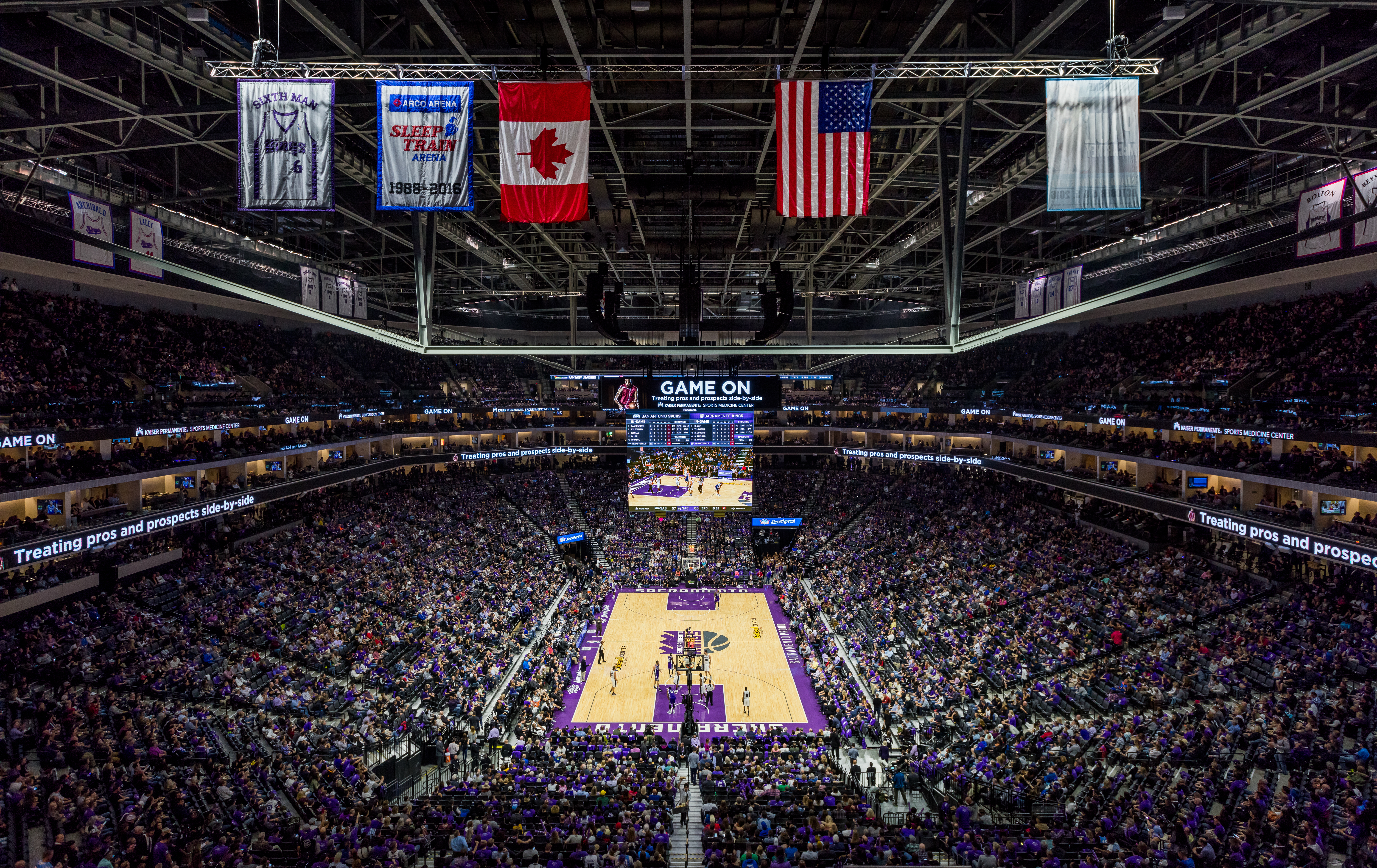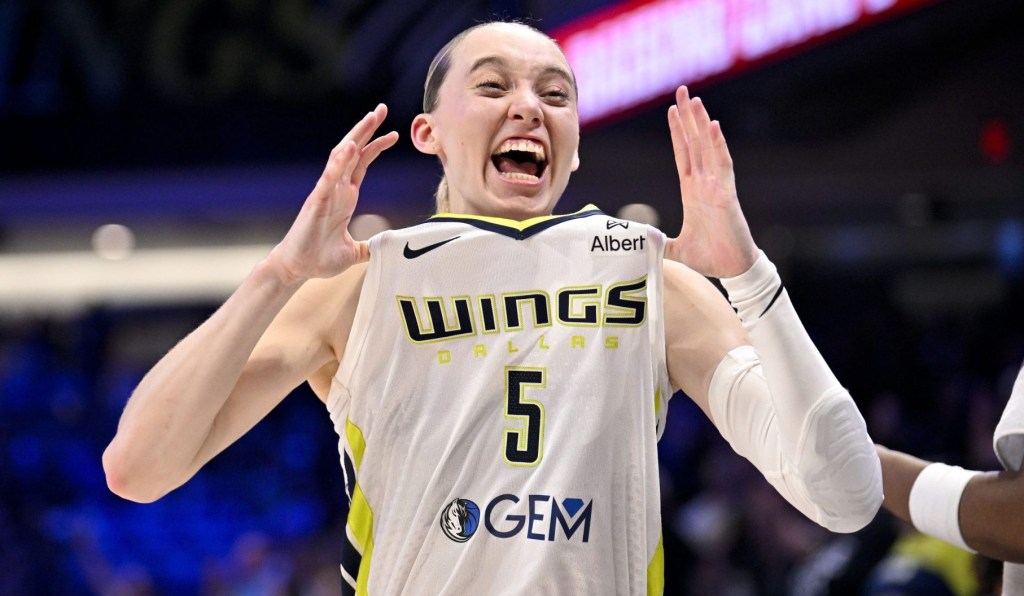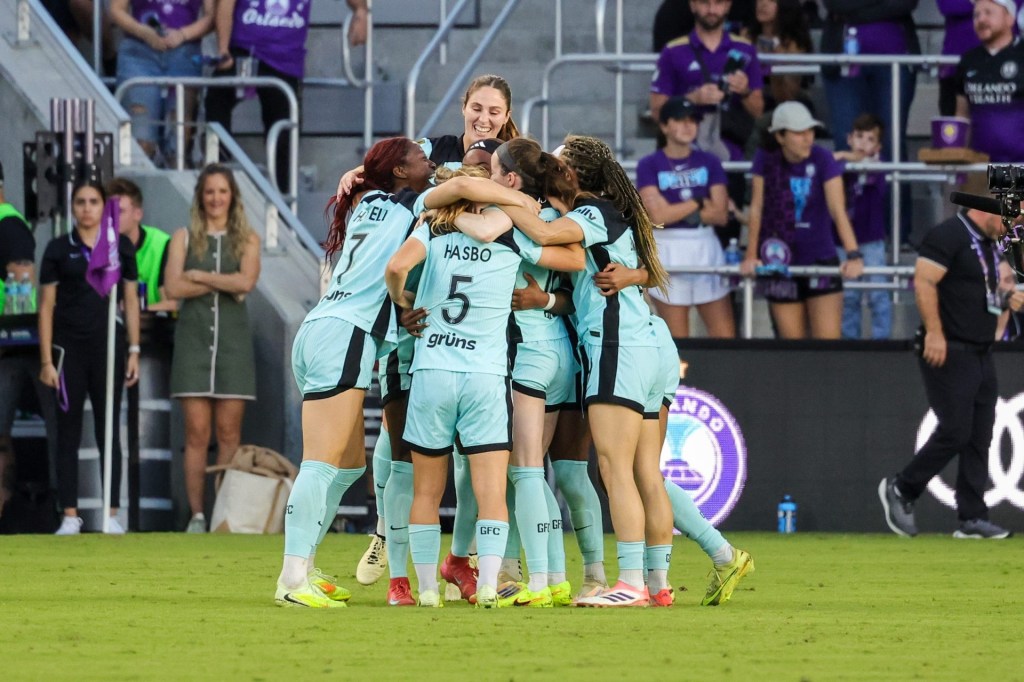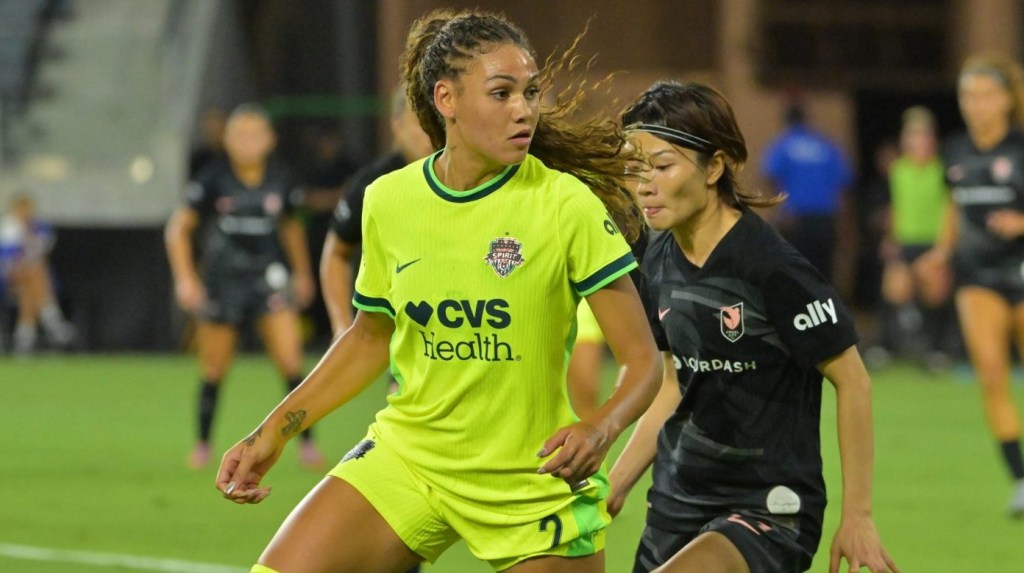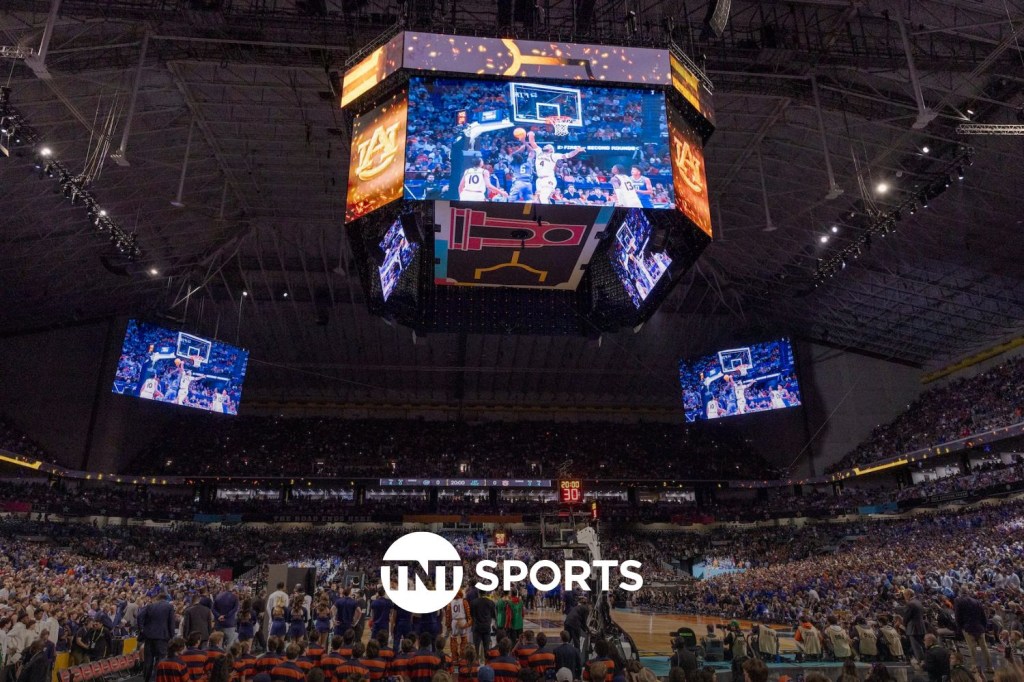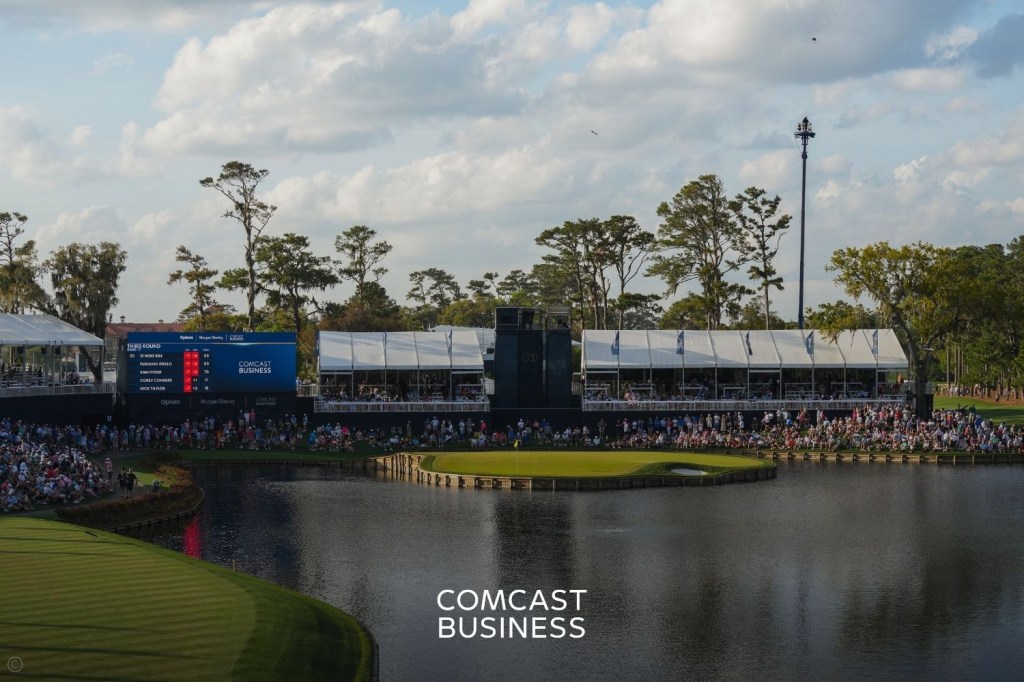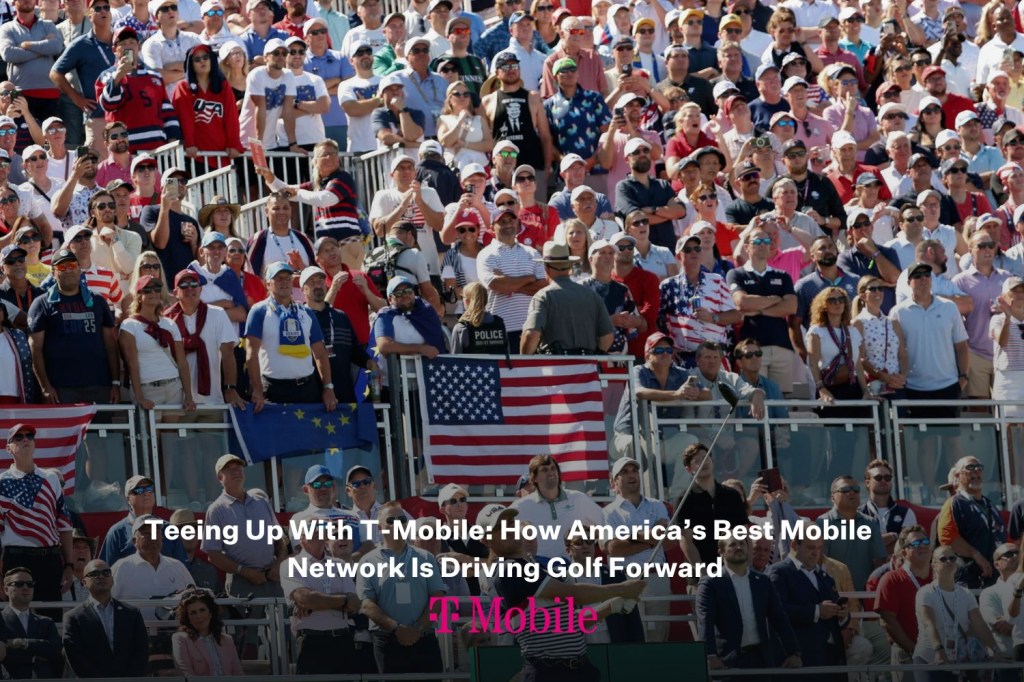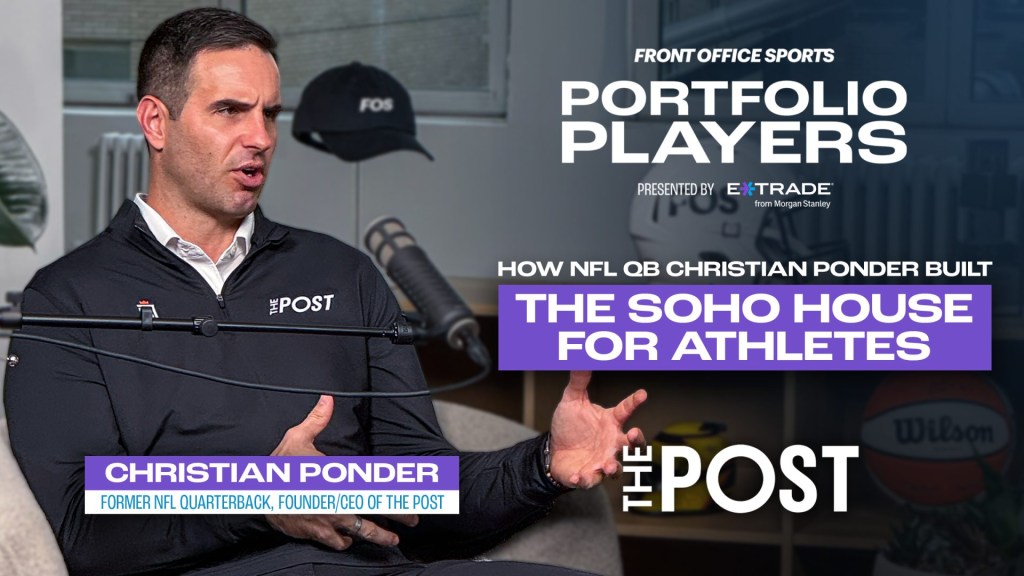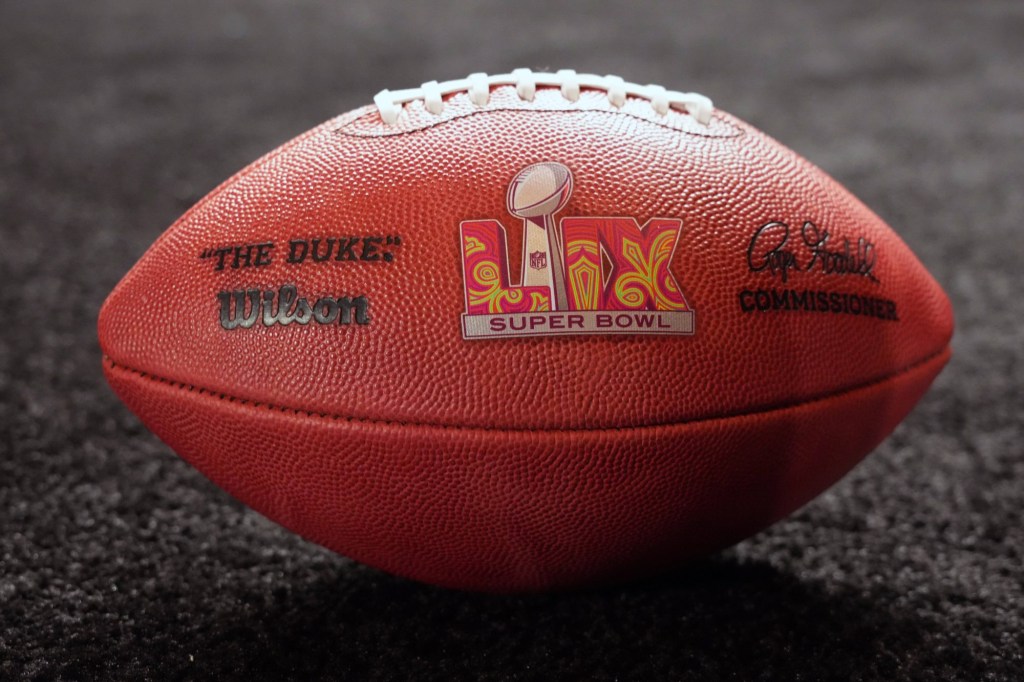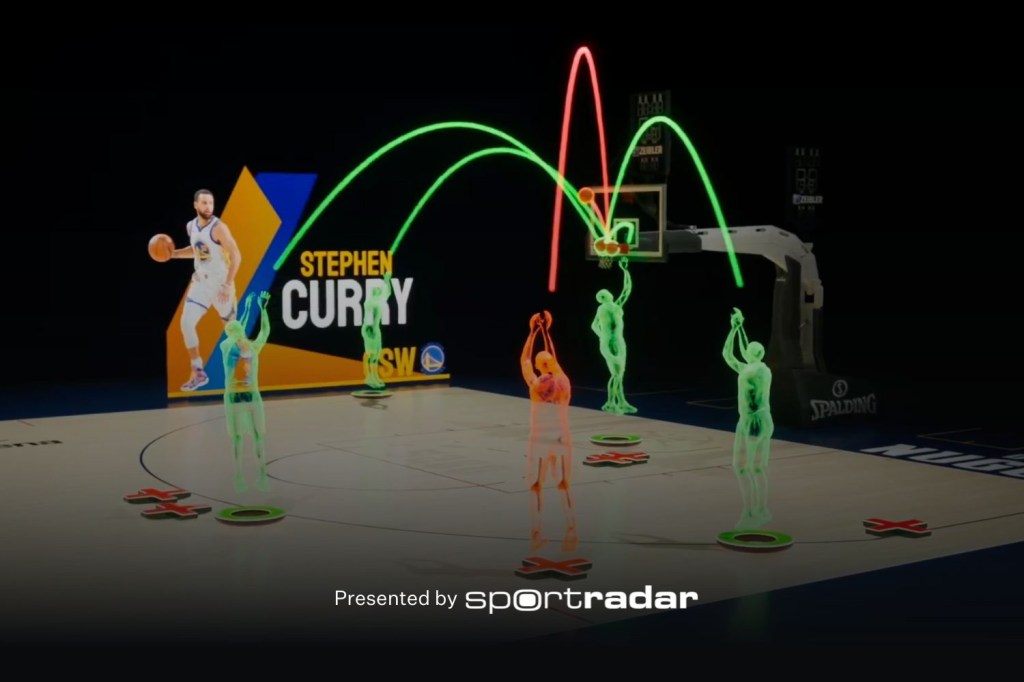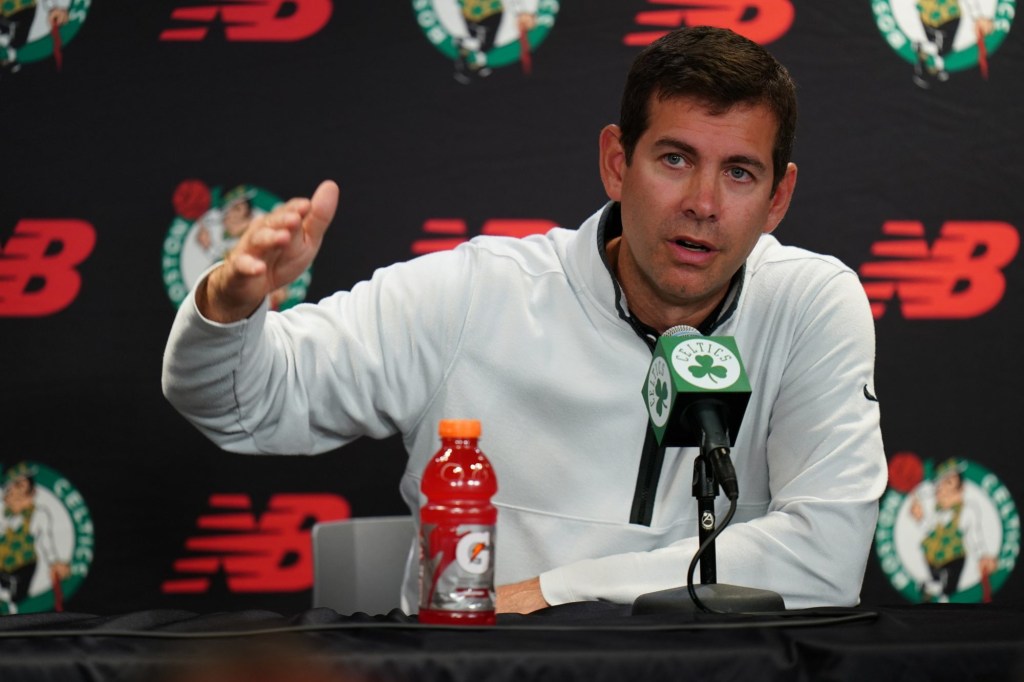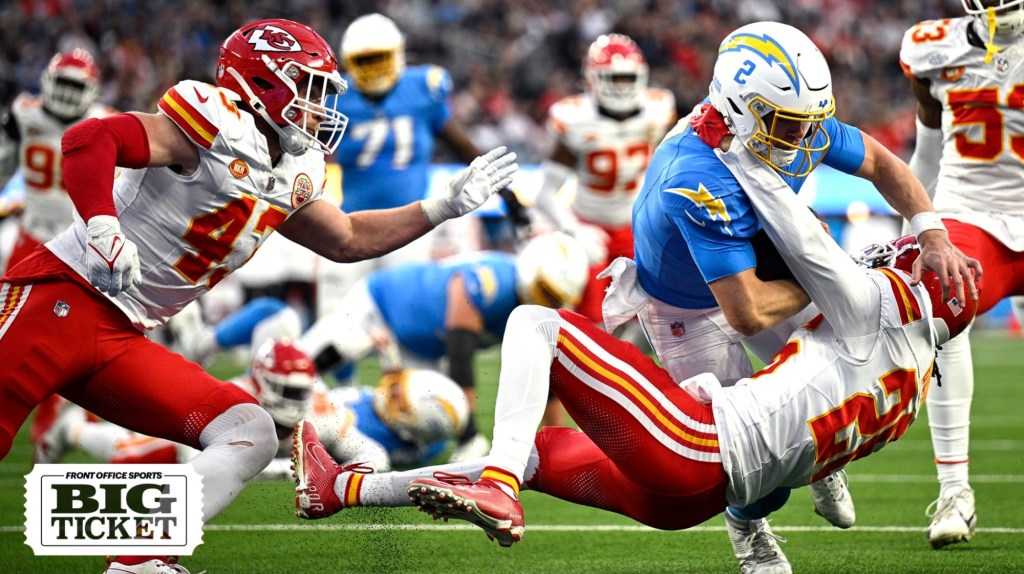
Photo credit: Sacramento Kings
As consumers continue to wrap their heads around what 5G will mean to everyday life, sports might be one of the first industries to benefit from the next-generation networking capabilities.
Verizon’s deployment of 5G networks is currently underway, including four cities for home consumer broadband product. The Verizon deployment includes Houston, Indianapolis, Los Angeles, and Sacramento, where the NBA’s Sacramento Kings are helping exemplify how sports organizations can fully embrace technological changes.
“We’re always trying to disrupt ourselves before we’re disrupted,” said Ryan Montoya, the Kings’ chief technology officer. “We want to use that tech to ensure we deliver the best fan experience.”
The rollout of 5G by network providers will still take some time, but preparations are well underway.
Broad, citywide home use deployment is important to Verizon, but the technology does lend itself to point deployment in venues like Sacramento’s Golden 1 Center, said Nicki Palmer, Verizon’s chief networking officer.
READ MORE: Immersive Media’s Infancy Creates Industry Opportunities
Consumers will be able to use 5G, as phones with the capability begin to roll out in the first quarter of this year — with brands like Motorola and Samsung being early adopters. It will still be several years still before the full effects of 5G capabilities are realized, Palmer said.
“5G is really a generational leap in technology,” Palmer said. “We talk about it ushering in the fourth industrial revolution, when you couple it with some other technologies like AI and big statistical analytics and intense infrastructure. You can see we’re on the verge of something entirely different.”
To help demonstrate the jumps to the unknown, Palmer brought up the existence of Uber, which wouldn’t be possible without the jump in speeds from 3G to 4G at the beginning of the decade.
While Palmer cited many industries that will benefit from the massive leap in speeds and low latency, she said dreaming about sports applications is among the most fun, from at-home viewing to in-arena experiences.
“Sports is a great use case,” Palmer said. “We’re building the networks and we know the innovation will happen.”
Viewing Experience
Yahoo Sports General Manager Geoff Reiss said it’s already the “age of the jetpack” for sports media at a panel at CES. Like jetpacks, 5G’s influence on sports media will be helping provide fans experiences they want but can’t have yet.
“The ability to amass crazy, never-before-seen experiences, it does seem like we’re at that jetpack phase,” Reiss said. “The next generation is starting close to home. The first iPod didn’t create my demand to have music. I always wanted my music; it enabled something I always wished I could do.”
Today’s 4K TVs need a broadband connection, but Palmer said with 5G capabilities, the resolution possibilities move to fingertips and begin the conversation of complex holographic content. Palmer mentioned the real-time capabilities of 5G by talking about an experiment with players standing on a free-throw line, wearing VR goggles and making shots.
[mc4wp_form id=”8260″]
What media companies are doing to prepare for future broadcast capabilities, including Yahoo, are still under wraps as they build proofs of concept, but Reiss said there is a paradigm shift coming and future broadcast rights negotiations in 2021-23 will likely account for new mediums.
“It is really hard, but that’s part of the competitive advantage,” he said. “It being hard creates a barrier of entry. This is a massive undertaking and it fundamentally will reshape how fans consume sports.”
Fans can also be connected to an in-arena experience at home through the VR headsets. The Kings ran a trial with students in Mumbai, allowing them to virtually sit courtside.
“We’ve always wanted to figure out how to connect fans to each other, but the city and the world,” Montoya said.
In-Arena Experience
As the line between virtual and physical world continues to blur, the physical attendance of games will change too.
Montoya believes it will be 18-to-24 months before fans start really entering the arena with fully capable 5G devices, but the Kings organization wants to be ahead of the curve.
“Just think about all the elements you can bring into the game that don’t exist yet,” Montoya said. “In-game betting, hearing multiple audio feeds, seeing real-time biometrics. You’re going to see all these apps and platforms we can’t comprehend yet.”
The Golden 1 Center has more than 1,000 miles of cable power, connected to the internet with 200 gigabits-per-second pipeline, more than a 1,000 beacons and sensors, the world’s largest indoor video board and its own Tier 4 data center.
READ MORE: How the Edmonton Oilers and SQWAD Are Pulling Off Unique In-Game Giveaways
The Kings have laid out the technology to provide lightning-fast speeds and low latency, so they are now waiting for people to connect to it and create the applications to fully utilize it. Technology’s effect on fan experience is far beyond viewing the game and gamification, but also easing friction points. Improvements like smart turnstiles help increase fan entrance up to 1,000 per hour, up from the 300 per hour from handheld scanners.
“From the moment they wake up to the coming into parking and the facility, we want to remove all those friction points,” Montoya said, adding the organization is already looking at how autonomous vehicles will interact with the facility.
Verizon’s Palmer imagines having personal tablets to call up multiple replay angles and real-time data aside from what’s on the big monitors. The tablets could also create peer-to-peer gamification within arenas, whether for fun or moment-by-moment betting.
Kings’ representatives have already talked to more than 300 organizations from across the globe.
“We’ve definitely created the blueprint,” Montoya said. “I can see some of the new venues incorporating some of our thought processes.”
